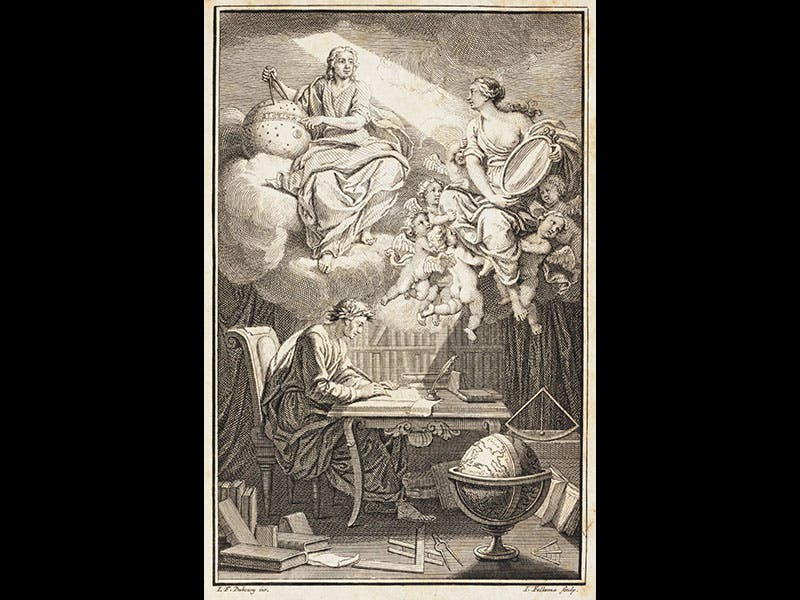Scientist of the Day - Francois Marie Arouet de Voltaire
François Marie Arouet de Voltaire, a French scientist, philosophe, and satirist, was born Nov. 21, 1694. While still a young man, in 1726, Voltaire exercised the biting tongue that would later make him famous (he would write Candide in 1759), and he was exiled from France. He chose England for his place of refuge, because of its proverbial freedom of speech. While in London, Voltaire came to know such kindred spirits as Jonathan Swift and Alexander Pope. More importantly, he learned about the new physics of Isaac Newton and the philosophy of John Locke. France, one must remember, was still philosophically ruled by Cartesian natural philosophy in the 1720s, and Voltaire was one of the first to recognize the superiority of Newtonian science. After returning to France in 1728, he wrote and published Letters Concerning the English Nation (1733), a collection of essays on such matters as Quakers, English poetry, and the formidable English trio of Francis Bacon, Locke, and Newton. After an essay comparing Newton and Descartes (letter 14), he followed with a separate letter on Newton's theory of gravitation, and it was here that the world first heard the story of Newton and the apple tree, which Voltaire in turn had heard from Newton's niece.
Interestingly, Voltaire wrote the Letters Concerning the English Nation in French, but the French edition was held up and didn’t appear until 1734, a year after the English translation. In 1738, Voltaire would write an entire treatise on Newtonian physics, Elémens de la philosophie de Newton (third image), which we have in the Library, along with the Letters.
The 1738 Elémens contains not only a frontispiece portrait of Voltaire (second image), but a second frontispiece that is better known, because it shows light from the god-like Newton being reflected down to his interpreter Voltaire (first image).
Catherine the Great of Russia greatly admired Voltaire and after his death acquired his entire 7000-volume library, as well as some memorial sculptures by the great French sculptor Jean-Antoine Houdon. A large statue of a seated Voltaire ended up in the Hermitage (fourth image) while a smaller marble bust somehow found its way to the Metropolitan Museum of Art (fifth image) in New York City.
Dr. William B. Ashworth, Jr., Consultant for the History of Science, Linda Hall Library and Associate Professor, Department of History, University of Missouri-Kansas City. Comments or corrections are welcome; please direct to ashworthw@umkc.edu.











